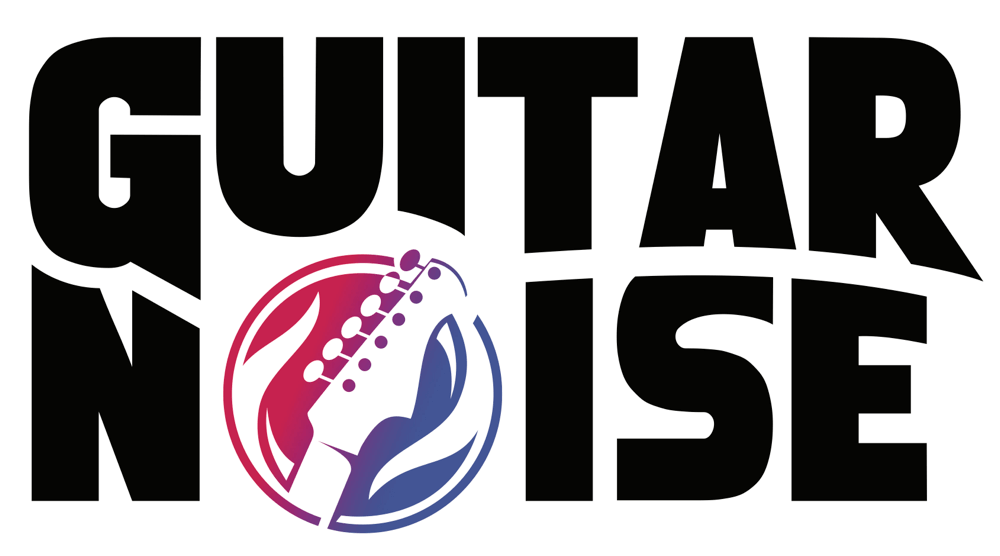Improve Your Lead Guitar Playing: Lesson And Video
Creating expressive solos involves a lot more than playing a lot of notes. One of the best ways to practice expressiveness is to use just a handful of notes, as Tom Hess demonstrates in his latest article. This lesson includes a great tutorial video as well.
